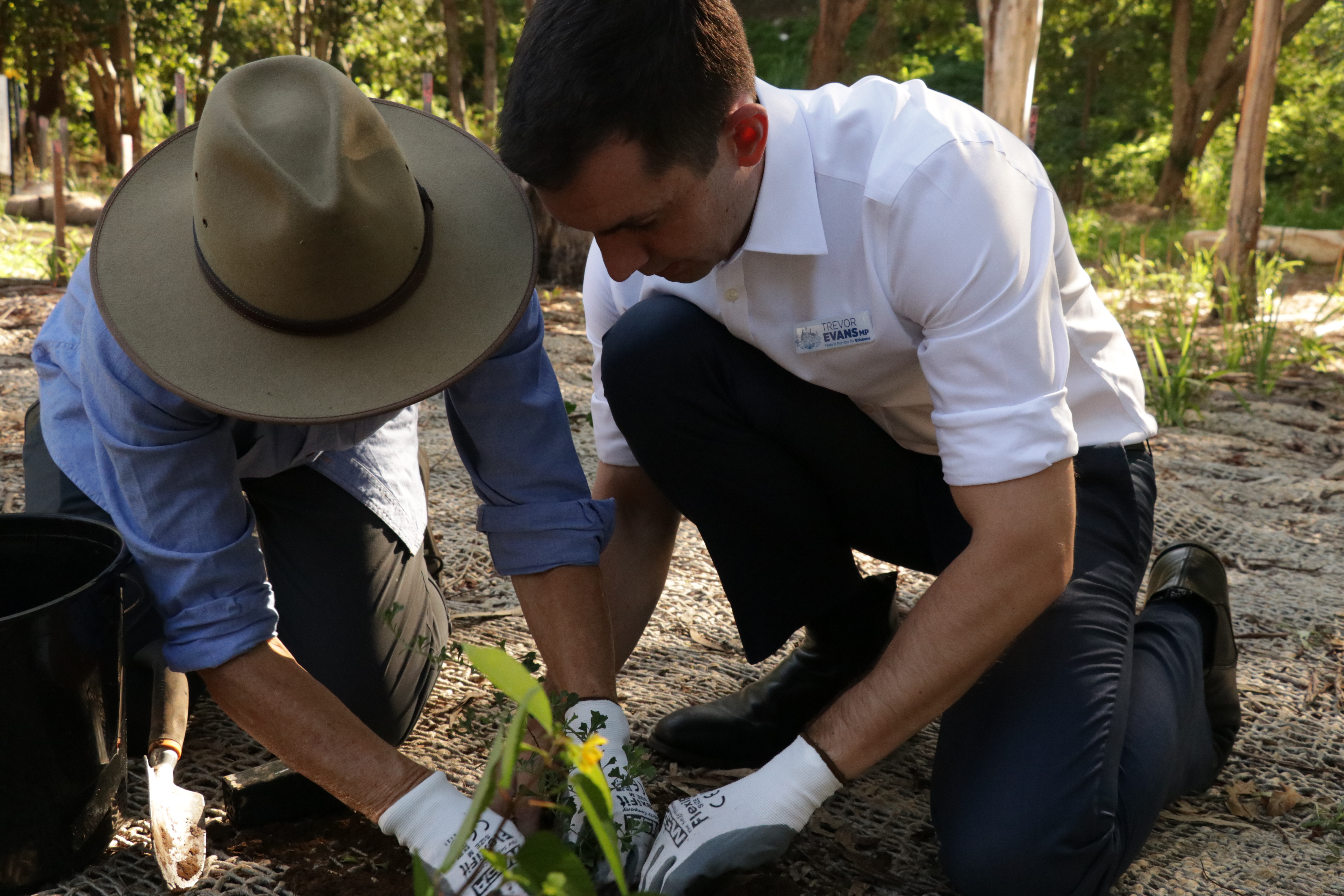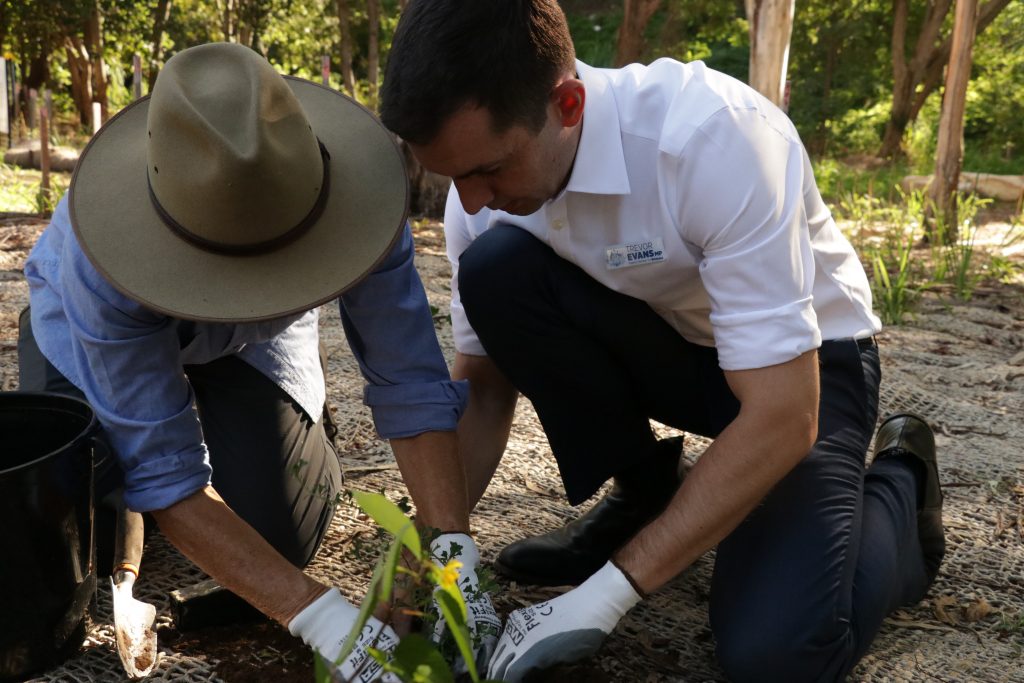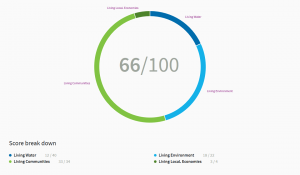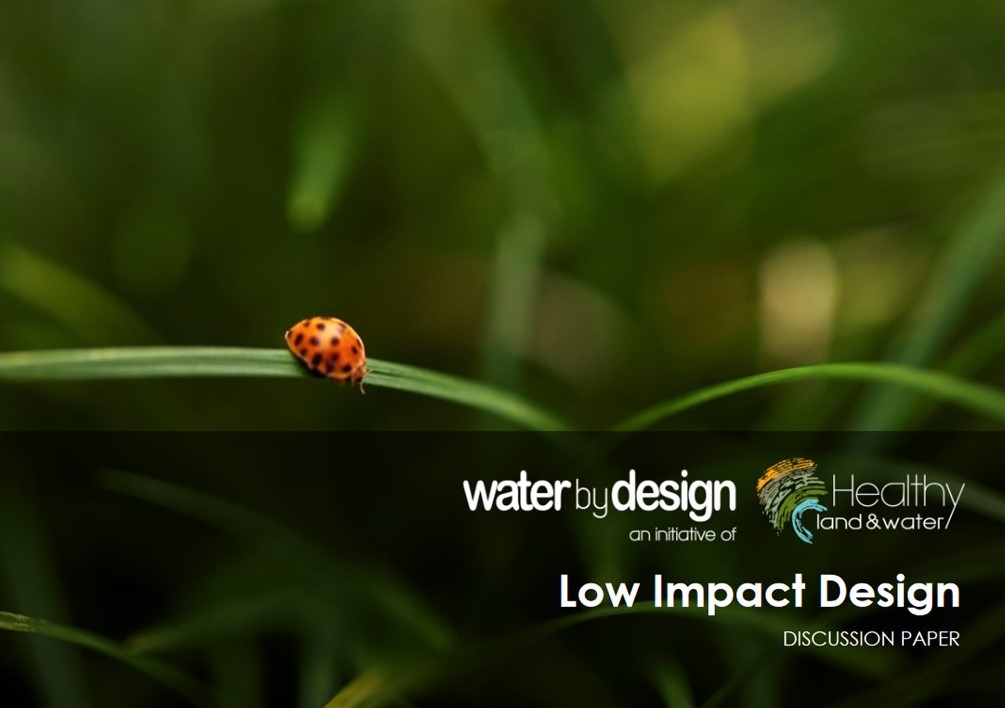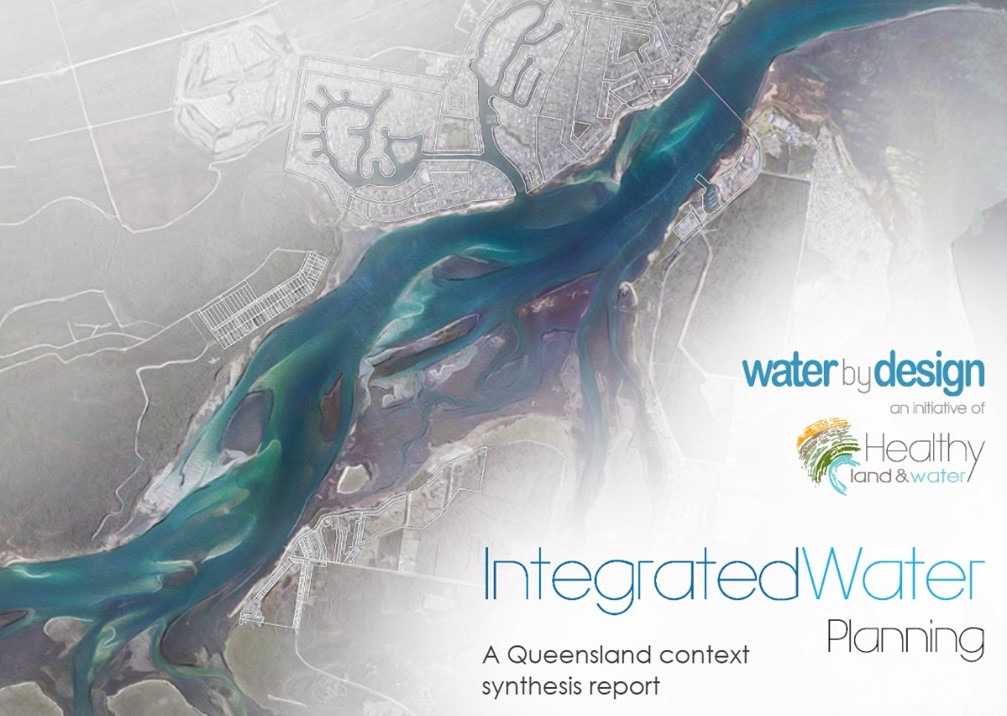Project Summary
The Davidson Street Creek Restoration project is an inspiring example of community, government and industry working together to improve and protect our waterways and the communities who rely on them.
In 2018, Healthy Land and Water launched a project to restore a section of Breakfast Creek that flows through Corbie Street Park, situated at the end of Davidson Street in Newmarket. The project – funded through the Federal Governments ‘Improving Your Local Parks and Environment’ grants and supported by Brisbane City Council, Save Our Waterways and the local community – is designed to enhance the natural elements of Breakfast Creek and make it easier for the community to enjoy its surrounds through enhanced accessibility.

In cities such as Brisbane many citizens report feeling concerned for the health of the environment including urban waterways and in South east Queensland we know that waterways continue to offer a destination that contributes to well-being through relaxation and offering a break from routines. We know from our social monitoring program that residents of South East Queensland reported high levels of personal benefits from these experiences, indicating both social value and health value from relaxation.
Using this knowledge Healthy Land and Water sought to identify ways to increase opportunities for citizens to participate in nature related behaviours, such as the stewardship of urban waterways, and assess how this could contribute to addressing threats to the health of these urban waterways.
Thanks to the funding impetus provided by the Federal Government, this project presented an opportunity for Healthy Land and Water to practically implement and apply its Living Waterways framework. Living Waterways was developed through a collaboration by local and state governments from across Queensland with input from the stormwater industry. Living Waterways is a framework that incentivises collaboration and integrated planning and design of urban water systems. These outcomes are achieved through simple and measurable targets, against which designs can be easily assessed whilst ensuring ongoing operation and maintenance costs are reduced.
The framework recognises that green infrastructure contributes to a more resilient community when it is designed to achieve not only stormwater management objectives, but other benefits such as mitigating urban heat island impacts, providing a diverse water supply and helping people to connect with each other and their natural environment. From the beginning, a key element of the project was community consultation and involvement.
The 2017 Healthy Land and Water Report Card found that 31 per cent of residents living in the highly-urbanised Lower Brisbane catchment were interested in using their local waterways on a weekly basis, but only 30 per cent were motivated to protect them.
Healthy Land and Water believes that supporting communities to develop an emotional connection with their local waterways is crucial in protecting the health of South East Queensland’s waterways.
The project team decided the most effective way to establish an emotional connection between Breakfast Creek and the community was to utilise a co-design approach. Co-design enables communities to become an integral part of a design project through working together to design spaces that acknowledge the community’s unique connection to their local place, their understanding of the local environment and cultural systems and the recognition that they will ultimately become the end users and legacy holders of the project. To successfully develop and implement the ensuing integrated design plan that united all of the complexities and nuances of this special place, Healthy Land and Water partnered with CoDesign Studios and were mentored through the co-design process.
This included local residents, businesses, scouts, schools, aged care, artists, local walking and catchment care groups and the local heritage society. The co-design process involved many workshops and meetings that were designed and delivered to facilitate creativity and ideation with specific regard to the re-design of the targeted site.
Community insight was key to informing a bespoke, naturally integrated site that consisted of a student led and designed interpretation trail, a viewing platform integrated into the landscape, nest boxes and bee hives and a dry creek bed installed to provide an example of historical ecological components of the site. The project treated site runoff via a soakage basin fulfilling the spirit of the Queensland State Planning Policy legislation i.e. to protect and enhance waterway values. Additionally, over 3,500 species of the original regional ecosystem, a littoral vineforest, were restored on the site, significantly boosting local biodiversity values.
Without community insight, park embellishments that are standard across this area of Brisbane, including kids playgrounds, dog parks and outdoor gym equipment could have been installed. Once the community had been authentically engaged they expressed a strong desire to not have these elements included in any future design and instead worked toward a design that highlighted and integrated the intrinsic natural values of the site.
Perhaps the biggest impact however has been on the local students at St Ambrose located at the head of Davidson Street. The students now have a direct and special interest in caring for the creek and natural surrounds located at the end of their road. The challenge for both the school team and the project team was to link the building of the student’s stewardship into delivery of outcomes against the curriculum. The students worked with the design and development team to make digital ‘Sways’ that described in a visual and audio narrative what the students valued most about the site. The influence this project has on these children, although not quantifiable just yet, is evident in their research projects.
To view the Sways visit: www.wsca.waterbydesign.com.au
Read a recent paper on CoDesign visit: CoDesigning Our Communities

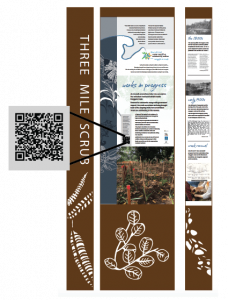
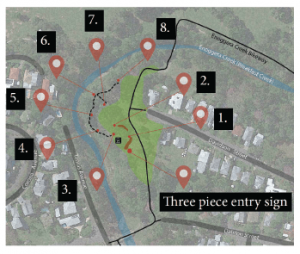
Living Waterways Score
Please follow the link for the Davidson Street score card
